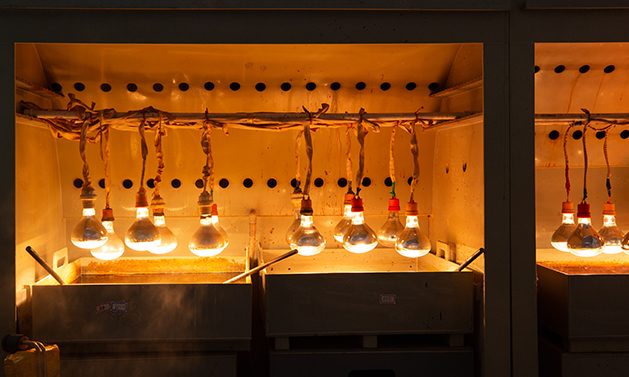Gold - a word that instantly conjures images of wealth and splendor, but why does it captivate us so? Is it the mesmerizing sheen that has adorned pharaohs and kings, or is it something more, something deep within its atomic structure? Let's dig deeper.
Beyond the glitter, gold's true allure lies in its rarity and resilience. Unlike silver or iron, gold doesn't tarnish or corrode. It's the Superman of metals - almost indestructible and always shining. This eternal luster isn't just a metaphor; it's a testament to gold's enduring value in our lives and economies.
But gold isn't the lone star in the precious metals galaxy. Let's talk about its lesser-known yet equally intriguing cousins: palladium, platinum, and rhodium. These metals might not have gold's historical clout, but their modern applications are turning heads. From fueling space exploration to revolutionizing medical technologies, they are unsung heroes in their own right.
Then, there's ruthenium, iridium, and silver - each with a unique story to tell. Silver, with its dual identity as both a precious and industrial metal, serves as a bridge between worlds. It's in our jewelry and our solar panels - talk about versatility!
Each of these metals holds a universe of possibilities. They are not just investments; they are keys to unlocking future technologies. As we explore their potential, their value only skyrockets.
So, the next time you marvel at a gold ring or a platinum watch, remember, you're not just looking at a pretty piece of metal. You're gazing at a fragment of the cosmos, a piece of timeless wonder.
文章末尾固定信息



评论